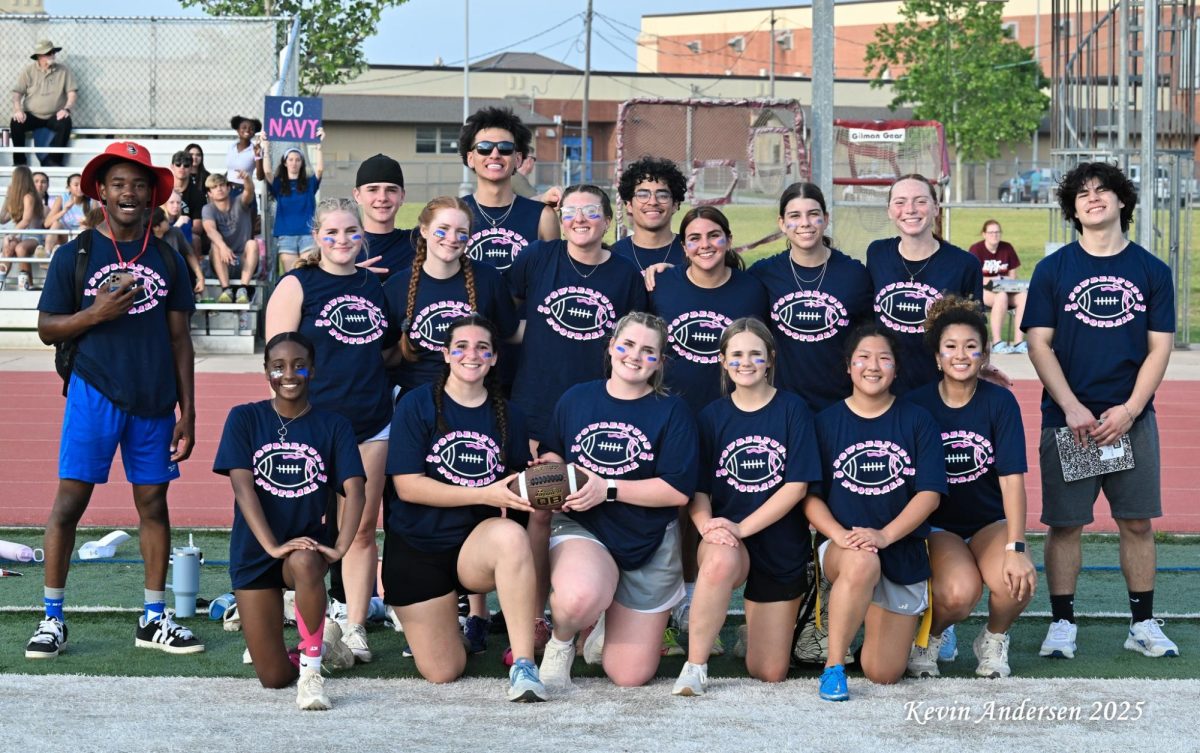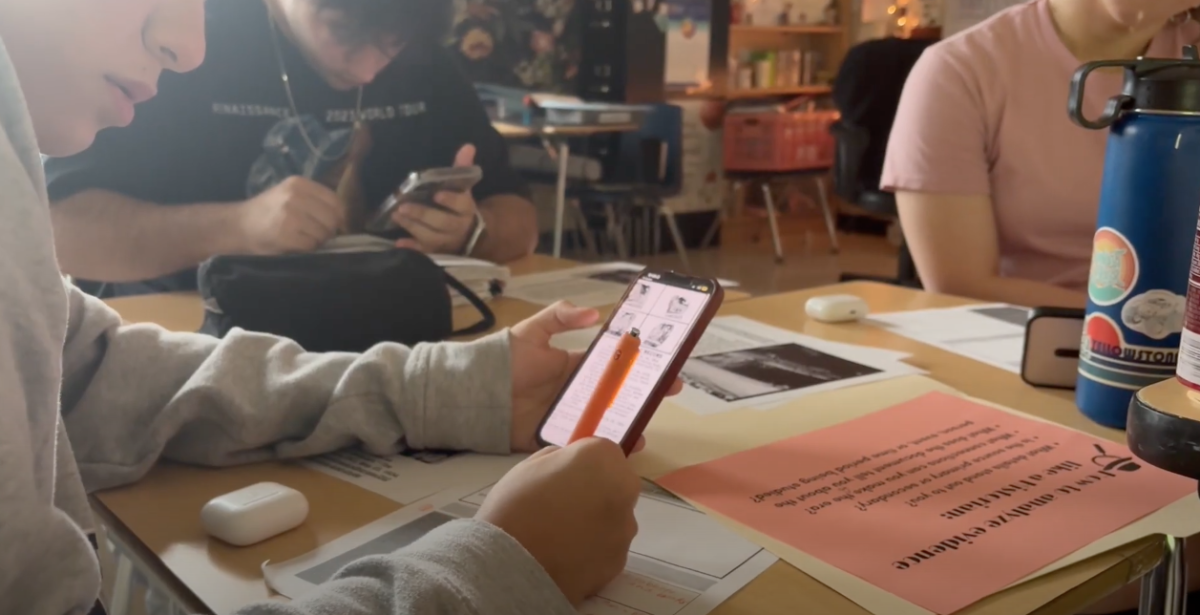by Joseph Sweeney | staff writer
A little over 200 students were welcomed back on campus this week as NEISD began phase 1 of its board approved plan.
“The main point for North East was that with our phase-in plan, we did not want to have something make us go backwards,” principal Gary Comalander said. “The choice for the district was to start slow and keep building up as soon as we can, as opposed to everybody wanting to come back, like some neighbouring districts, they come back in and end up stopping and going backwards.”
While students will be allowed back on campus, this does not mean that classes will be taught normally, as students will still be required to distance learn while in an advisory classroom.
“Phase one is five per classroom, working virtually, on their device, still learning virtually like we’re doing right now. And then phase two is bringing in 10 kids, but once again, staying in that room,” Comalander said. “We would get to move around when going to lunch and when going to the restroom and stuff, but we would limit the amount of exposure that a student would have.”
The district will shift between phases in accordance to city and public health guidelines in regards to any local outbreaks which may affect the school.
“In phase three is where we get to ‘okay, now you’re moving to all your classes,’ and that’s where we would have, roughly, 15 kids per classroom,” Comalander said. “And so, that obviously goes along with what the county, what Bexar-Metro health is saying how the county is doing, and right now Bexar County is doing better than it was in July; [in] July, the numbers were not doing good in Bexar County. Now, they are trending in a very positive direction.”
The initial phases of the plan is intended to bring back students in special education programs and those that are not able to learn from home otherwise.
“It’s about 600 students per phase, so in phase one we can hold roughly 600 in five per classroom, and so if we have more than 600 that want to come back, it’s a lottery, as to who gets to come back,” Comalander said. “If there’s exactly 600 people that want to come back, then perfect, 600 people will come back, but if there’s 1000, then we’ll have to do a lottery and whoever the first 600 names are that are drawn out, then those are the students that are invited to come back.”
In order to decrease the chances of possible exposure, students will be required to wear masks at all times, except for in designated areas, such as the cafeteria.
“Everyone will have to wear masks at all times, except for when you’re sitting for lunch or eating for breakfast,” Comalander said. “The other thing is for exercising, like if you were in a PE class or athletics and there is social distancing between you and the other person, then you can take your mask off for that. As soon as you stop exercising, you put the mask back on.”
Social distancing will also be enforced on campus, with student desks being spaced apart and chairs being removed from the cafeteria.
“If someone comes down not feeling well, they are isolated and taken to the clinic, and from there it is determined if they have symptoms by the nurse, and by Bexar-Metro health, if they have the symptoms of Covid, and if so, they are tested before they can return,” Comalander said.
All staff and students are expected to attend class virtually if not able to attend in person. Substitutes and class monitors will also be brought on campus as needed.
“If we find out that you were next to someone that was positive, then Bexar-Metro health would make you quarantine for 14 days and you would learn virtually like you are doing right now. It doesn’t change the fact that you’re learning, it just changes the fact of where you’re learning,” Comalander said. “If a teacher was quarantined then they would do their virtual teaching from home. And they would take their laptop and they would take what they need to keep their class going.”
Distance learning options will continue to be offered throughout the school year, though the district hopes to bring all students back in-person as soon and as safely as possible.
“Every two to four weeks, we can move to a new phase, and, as long as things get better, then at some point we’ll get everybody back on campus,” Comalander said. “But whether it’ll be November, January一I’m afraid to even try and guess anymore, because none of us would have thought we’d be like this right now. I know I sure didn’t.”














